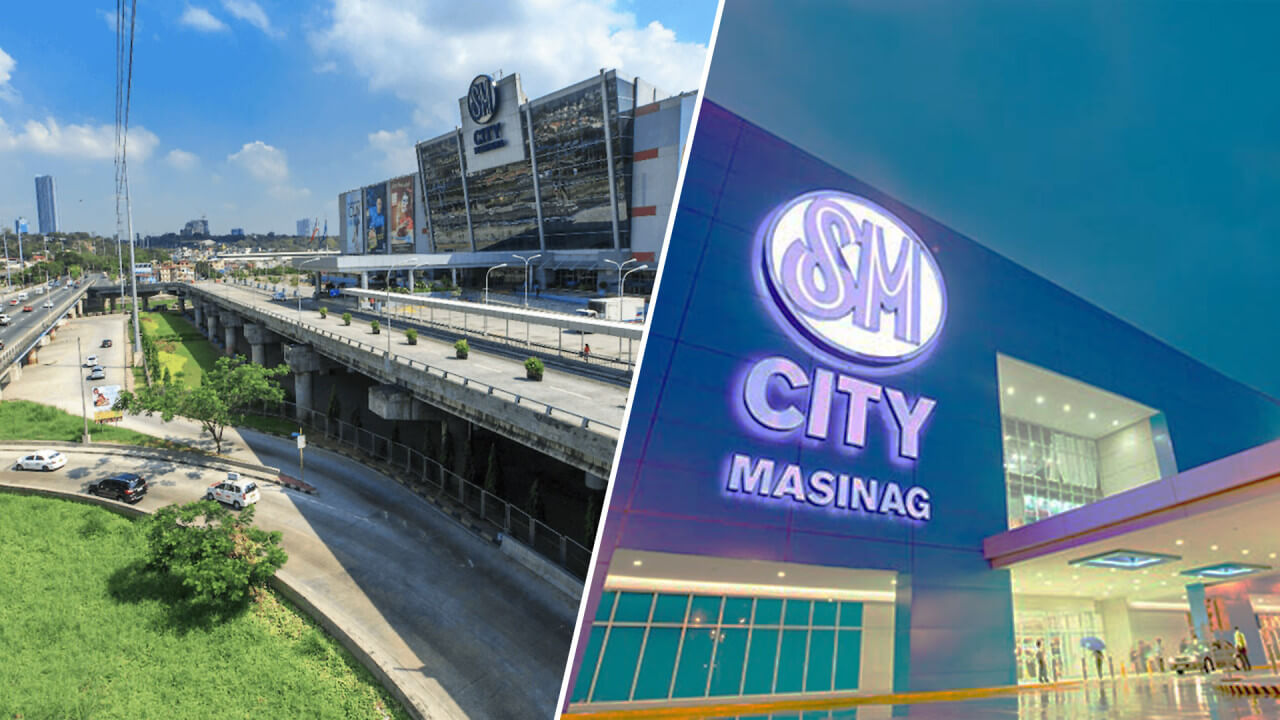

But beyond sheltering people and cars trying to avoid rising waters, 25 of these shopping malls under SM Prime Holdings are built in a way that actually — literally — helps mitigate flooding.
That’s because these shopping malls which are strategically located around Metro Manila and around the country are built over large rainwater catchment basins.
According to SM Supermalls head for corporate compliance and sustainability Liza Silerio, these reservoirs act as crucial buffers during heavy downpours, collecting and holding excess rainwater to prevent flooding in surrounding communities.
“We've seen firsthand how our catchment basins have spared communities around our malls from severe flooding during typhoons like Carina,” she said. “This validates our commitment to investing in sustainable and resilient infrastructure.”
The first of catchment basins, built at SM City Masinag in 2011, has a capacity of 17,681 cubic meters, which is equivalent to over seven Olympic-sized swimming pools.
Located underneath the premises of these catchment basin malls, the combined rainwater reservoirs have a total capacity of 85,272 cubic meters, collecting floodwaters and protecting nearby communities.
Meanwhile, Silerio added that the sprawling SM Mall of Asia complex is designed with a sturdy seawall to protect the surrounding communities from potential storm surges or rising sea levels.
The property also uses specialized foundation systems to provide more robust protection against liquefaction and seismic events.
Also, no less than the United Nations Office for Disaster Risk Reduction (UNDRR) has recognized SM City Marikina for being a prepared facility during calamities.
Its proximity to the Marikina River and the area’s flood history necessitated the mall’s elevation onto 246 concrete stilts, allowing flood water to enter and flow through the structure away from residential areas and avoid damage to the mall itself.
SM also collaborates with local government units and disaster response agencies to enhance community preparedness.
The malls serve as coordination points for relief operations and provide temporary shelters for affected residents. SM's efforts extend to educating the public on disaster preparedness through regular drills and information campaigns within its properties.
In a statement, SM Prime executive committee chairman Hans Sy urged the government and the private sector must work together in finding solutions for greater resiliency so disaster risk reduction is one of its core business strategies.
“Resilience is not just a word, it is a way of life,“ he said. “It is a commitment to ensure that we act on our responsibility to care for others and that no one is left behind.”
Sy said climate adaptation and resilience are keys to thriving despite damage and losses brought about by climate change, and pointed out that SM has translated this to action with a significant portion of its capital expenditure allocated to incorporate resiliency and sustainability in its infrastructure designs.
As an engineer, he said he is committed to constructing well-designed structures that are not only efficient, but strong and resilient.

Senior Reporter